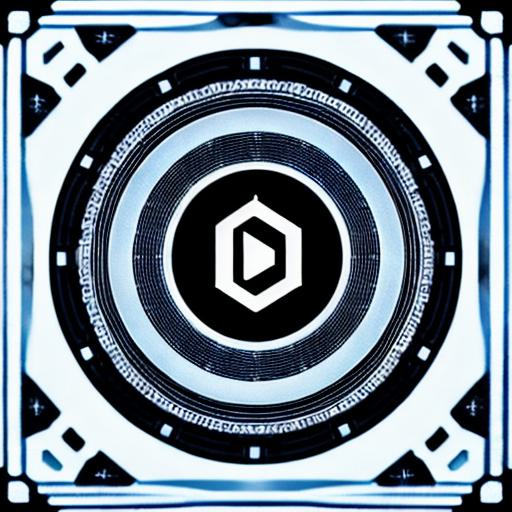Web3 technology is a decentralized platform that offers numerous opportunities for developers and businesses. It’s built on blockchain technology, which ensures that data is stored securely and transparently, eliminating intermediaries and enabling direct transactions. In this guide, we’ll explore the exciting possibilities of Web3 technology and how developers can take advantage of it to create innovative solutions.
Introduction:
Web3 technology is a revolutionary technology that offers numerous opportunities for developers and businesses. It’s built on blockchain technology, which ensures that data is stored securely and transparently, eliminating intermediaries and enabling direct transactions. Web3 technology has the potential to transform industries such as finance, healthcare, supply chain management, and more. In this guide, we’ll explore the exciting possibilities of Web3 technology and how developers can take advantage of it to create innovative solutions.
The Benefits of Web3 Technology:
Web3 technology offers several benefits that make it attractive to developers and businesses. These include:

- Decentralization: Web3 technology is decentralized, which means that there are no intermediaries involved in transactions. This eliminates the need for expensive middlemen, making transactions faster, more efficient, and secure.

- Transparency: All transactions on the Web3 network are transparent, meaning that everyone can see what’s happening. This ensures that there is no fraud or manipulation, which increases trust and confidence in the system.
- Security: Web3 technology uses cryptography to secure data, making it difficult for hackers to access sensitive information. This ensures that data is protected from unauthorized access, theft, and other forms of cyberattacks.
- Scalability: Web3 technology is highly scalable, which means that it can handle large volumes of transactions without slowing down or crashing. This makes it ideal for businesses that need to process large amounts of data quickly and efficiently.
Case Studies:
Web3 technology has already been used in several case studies that demonstrate its potential. Here are a few examples:
- CryptoKitties: CryptoKitties is a decentralized platform that allows users to collect, breed, and sell unique digital cats. It’s built on the Ethereum blockchain and has become one of the most popular decentralized applications (dApps) in the world.
- 0x Protocol: The 0x Protocol is a decentralized exchange that allows users to trade cryptocurrencies without intermediaries. It’s built on the Ethereum blockchain and has become one of the most liquid exchanges in the world.
- OmniLayer: OmniLayer is a platform that enables developers to build scalable, secure, and decentralized applications on multiple blockchains. It’s built on the Ethereum blockchain and has been used to develop several successful dApps, including CryptoKitties.
Developer Tools:
Web3 technology offers several tools for developers that make it easier to build decentralized applications (dApps). These include:
- Truffle: Truffle is a development framework for building dApps on the Ethereum blockchain. It includes a set of tools for testing, debugging, and deploying dApps.
- Remix: Remix is an online IDE (Integrated Development Environment) for building dApps on the Ethereum blockchain. It includes features such as syntax highlighting, auto-completion, and debugging tools.
- Ganache: Ganache is a tool for running local Ethereum nodes that allows developers to test their dApps in a private network before deploying them to the mainnet.
Conclusion:
Web3 technology offers numerous opportunities for developers and businesses. It’s decentralized, transparent, secure, and scalable, making it ideal for building innovative solutions. By using the tools and resources available, developers can take advantage of Web3 technology to create dApps that solve real-world problems and disrupt traditional industries. As
